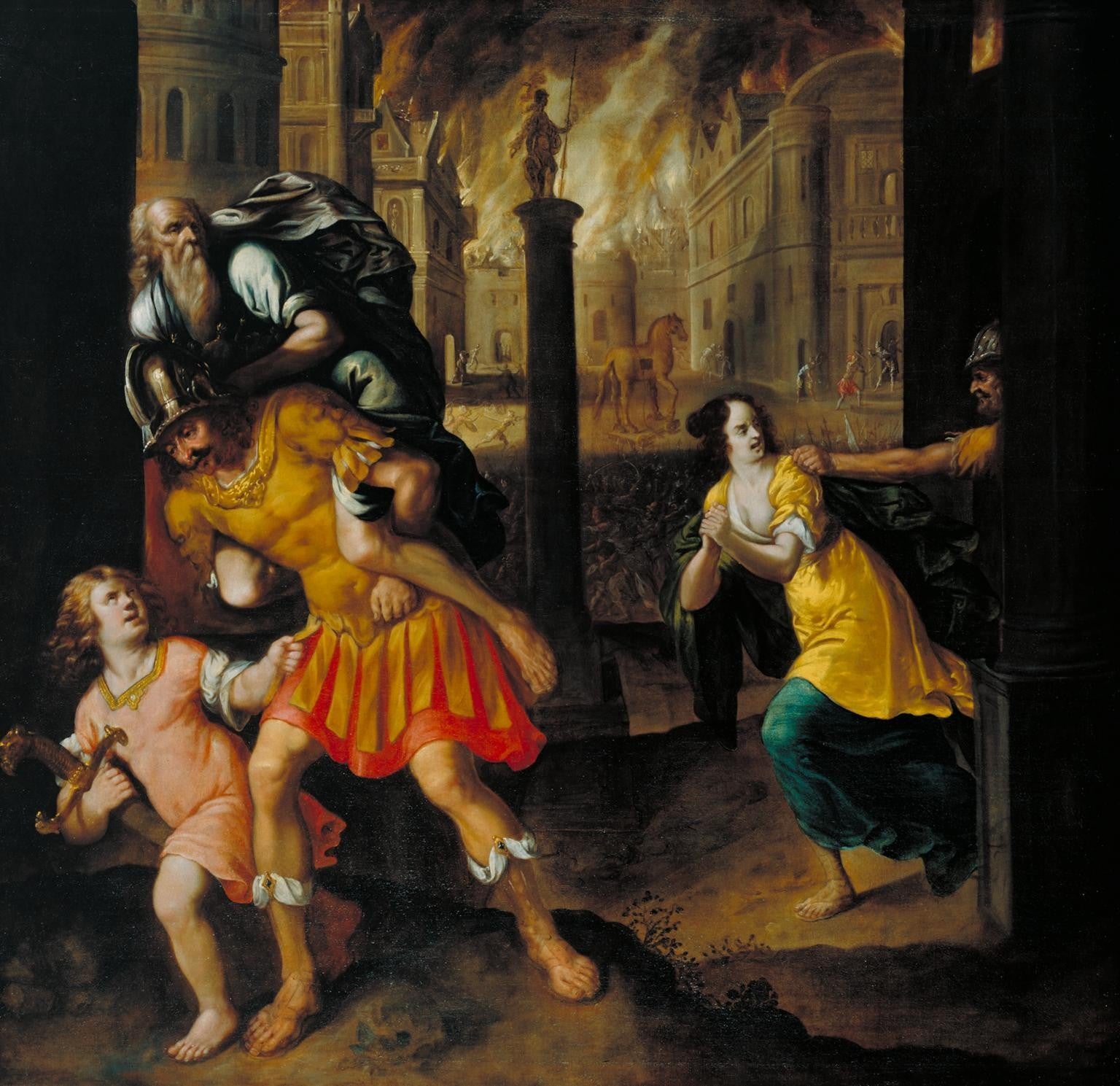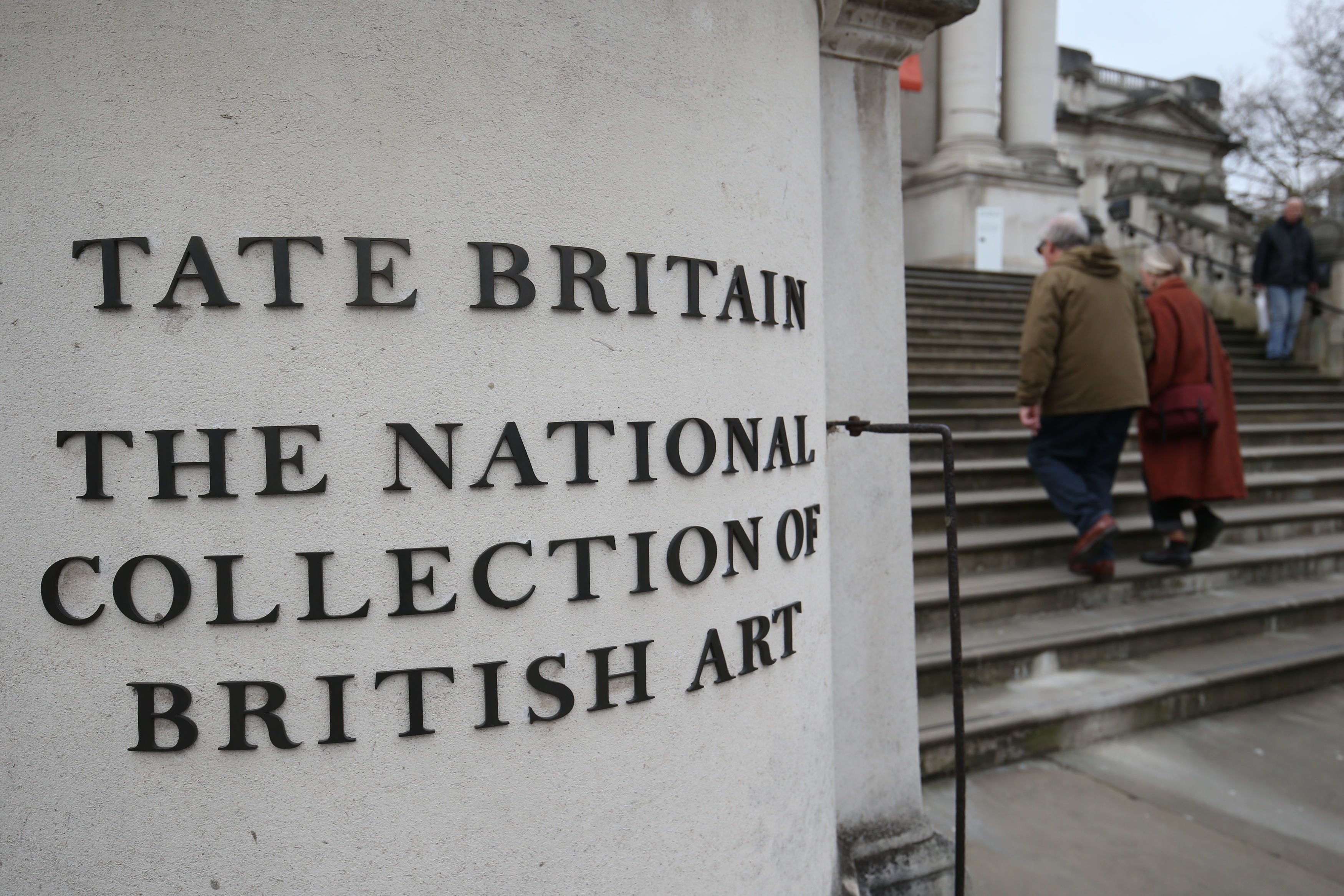A 17th-century painting looted by Nazis from the home of a Jewish Belgian art collector is being returned to his family by Tate Britain.
The government’s Spoliation Advisory Panel recommended the return of Henry Gibbs’ 1654 work, Aeneas And His Family Fleeing Burning Troy, from Tate Britain to the heirs of Samuel Hartveld.
The panel, which investigates claims for Nazi-looted art in UK public collections, decided the painting was “looted as an act of racial persecution”.
Hartveld left the painting behind when he and his wife fled Antwerp in May 1940 to escape the German occupation.
Although Hartveld survived the war, he never recovered his art collection. The Nazis seized 66 paintings from his gallery on 26 March 1942 and many of the artworks are thought to be dispersed among European galleries.
The painting’s return marks a significant victory for Hartveld’s great-grandchildren, who are now set to receive their ancestor’s lost artwork.

The Gibbs painting was bought from the art gallery Galerie Jan de Maere in Brussels in 1994 by the Tate, after René van den Broeck purchased Mr Hartveld’s collection and home for a “paltry sum”, the panel said.
In May 2024, the Sonia Klein Trust, established by Mr Hartveld’s heirs, launched a claim.
In a statement the trustees said they “are deeply grateful” for the decision to return it.
“This decision clearly acknowledges the awful Nazi persecution of Samuel Hartveld and that the ‘clearly looted’ painting belonged to Mr Hartveld, a Jewish Belgian art collector and dealer,” they added.
“The trustees acting for the Sonia Klein Trust further thank the staff at Tate Britain for working with the trustees and their legal representative Dr Hannes Hartung, to realise the return of this important painting by a highly regarded British painter.
“The staff at Tate Britain were open minded and prompt in their approval of the Spoliation Advisory Panel’s recommendation.”

They also said the “trustees acting for the Sonia Klein Trust honour and remember the life of Samuel Hartveld and his family”.
The Sonia Klein Trust was started in 1986 by Sonia Klein, who was previously named in a will as the daughter of Mr Hartveld’s widow, Clara, who died in 1951.
Ms Klein’s daughter Eliana died before she did and her grandchildren Barbara, Daniel and Mark Floersheimer are named trustees.
Director of Tate Maria Balshaw said: “It is a profound privilege to help reunite this work with its rightful heirs, and I am delighted to see the spoliation process working successfully to make this happen.
“Although the artwork’s provenance was extensively investigated when it was acquired in 1994, crucial facts concerning previous ownership of the painting were not known.
“I would like to thank the Sonia Klein Trust and the Spoliation Advisory panel for their collaboration over the last year. We now look forward to welcoming the family to Tate in the coming months and presenting the painting to them.”
The panel said the “legal and moral claims to restitution” for the heirs of someone “forced to flee his homeland, leaving behind his property, books and art collection, are obvious”, and recommended that it should be returned.
Arts minister Sir Chris Bryant praised the panel for “helping to reunite families with their most treasured possessions that were looted by the Nazis.
“The decision to return the painting to the heirs of Samuel Hartveld and his wife is absolutely the right decision, which I welcome wholeheartedly,” he added.
The painting, which is not on display by the Tate, is believed to be a commentary on the English Civil War.
It depicts scenes from Latin poem The Aeneid, and tells the legendary story of Aeneas, a Trojan who fled the fall of Troy and travelled to Italy, where he became the ancestor of the Romans.
The independent panel, which began in 2000, has received 23 claims, with 14 works being returned to the heirs of their former owners.
The Holocaust (Return of Cultural Objects) Act 2009 allows national museums to return cultural objects, with the panel’s recommendation and the arts minister’s agreement.

